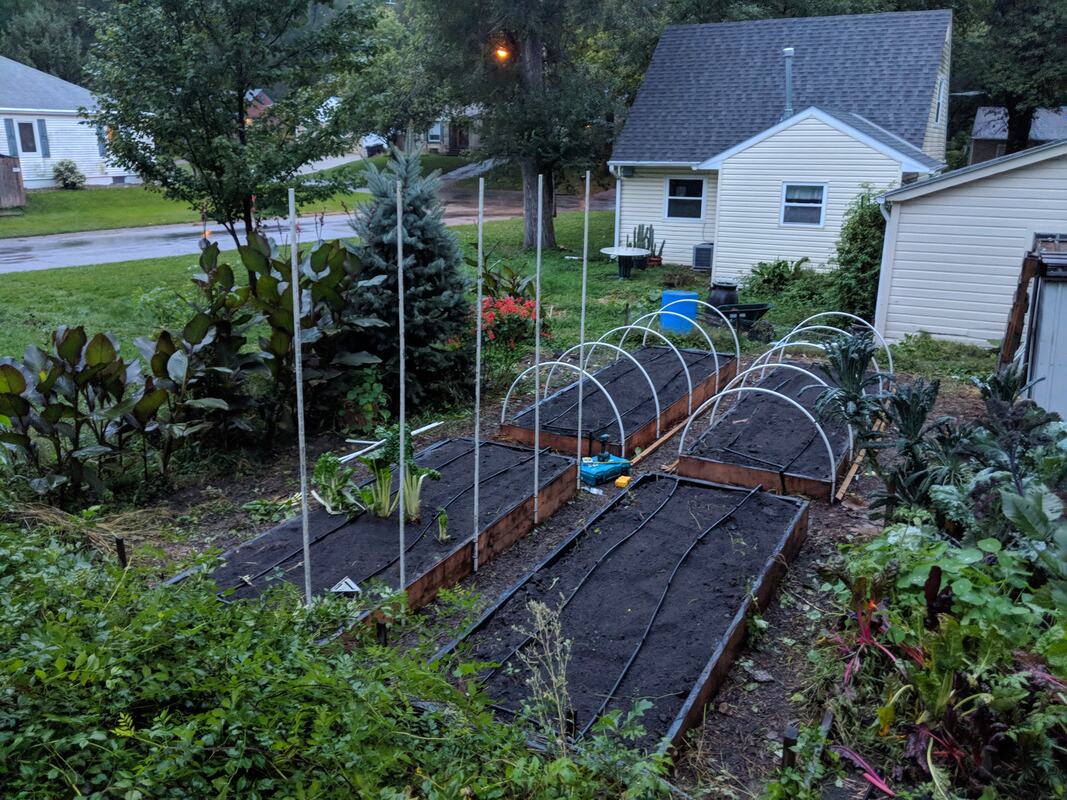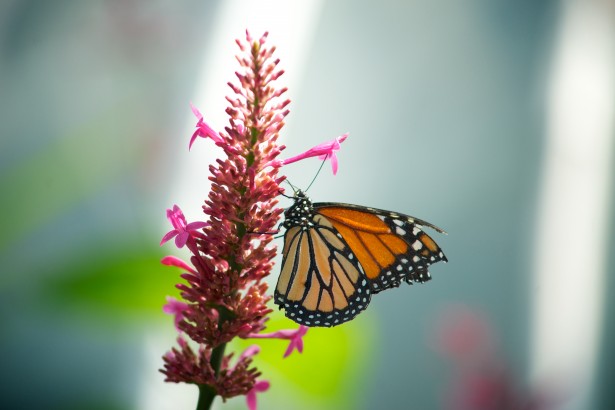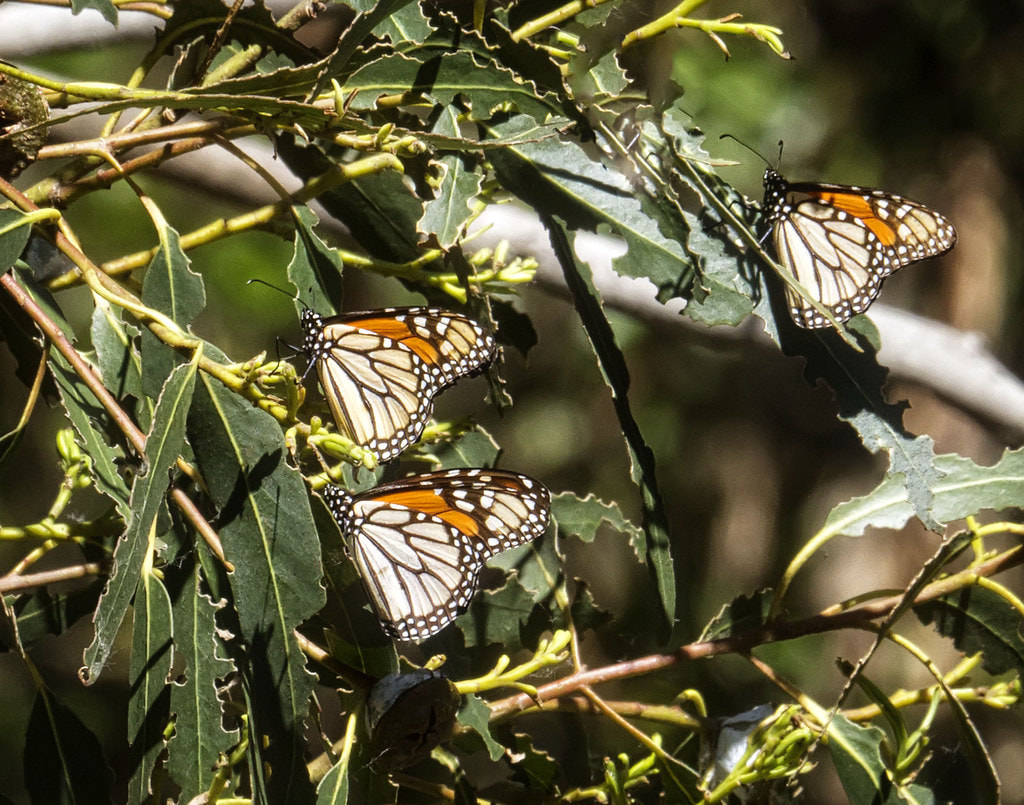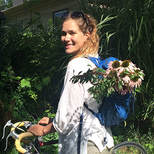With 90% of American homeowners planning to remodel their house, it’s clear that home renovation is a popular approach to increasing space and property value. However, many of us don’t realize the repercussions that construction work can have on the surrounding environment and wildlife. It can sometimes result in damage to both animals and their habitats. If you’re planning a home renovation, there are ways you can help preserve the monarch butterfly and other wildlife while doing so.By Jennifer Dawson Location MattersWhen planning a renovation, it’s necessary to keep in mind that the location of your house can have a profound effect on how you do so. For example, if you live in an area that sees a lot of wildlife - specifically endangered species like monarchs - it’s important to take extra care. One way to do so is by surveying the area before you begin. By identifying and marking any trees or plants that wildlife rely on, you can ensure that they won’t get touched during the renovation process. For the monarch butterfly, this includes milkweed and flowering plants/trees. Proper Disposal of Harmful SubstancesWhen renovating your home, paint or other artificial substances will most likely be involved. It’s important to ensure that none of it gets spilled on the ground, as this can be harmful to any wildlife that crosses its path. For example, if an animal comes into contact with spilled paint, they can potentially ingest it, which can cause injury or death. In the case of the butterfly, their wings could become damaged or they could become stuck. So, store your leftover paint for next time or dispose of it at a recycling center. Home renovations aren’t just about painting and remodeling, and many renovation projects begin because of the need to remove mold that is causing damage to structures like wood and drywall. Due to its ability to also cause respiratory issues in humans and animals, it’s necessary to take the proper measures to ensure that it’s disposed of the right way, and not in your backyard. Because of its toxic nature, having a professional remove mold infected materials and disposing of them safely is necessary to ensure a mold-free environment for both you and the local wildlife. Mind the MilkweedHome renovation and landscaping go hand in hand. If your flower beds or yard contain milkweed, you should make a plan to carefully replant it, as it’s necessary for monarchs to thrive. Integrating the planting of more milkweed that is native to your area can also help the species flourish, and making it part of a butterfly garden can add a nice touch to any landscape renovation.
Renovating your home can be a gratifying experience, but if you live near wildlife, preservation of habitats and species should be your top priority. By minding your location and removing harmful substances properly, you’ll be able to have a butterfly-friendly renovation.
15 Comments
Article by Jennifer Dawnson The monarch butterfly population has declined nearly 80 percent in the last two decades. At this rate, the chance is uncomfortably high that monarchs will be extinct by 2038. Thankfully, there are ongoing efforts to save the butterfly, some of which consist of promoting monarch migration destinations to increase public interest. This leads people to camp in monarch country for the purpose of viewing these increasingly rare and stunningly beautiful butterflies. While enthusiasm for monarchs, and camping in general, is not a bad thing, disturbing the butterflies is. When sharing your space with a sensitive species, it’s important to practice conscientious camping, which is easy if you consider the following points.Choose a Proper SiteAll monarch butterflies migrate to the same locations every year, which means that these few places will be visited by millions of monarchs all at once. Southern California is one destination for the overwintering monarchs, as are certain sites in Arizona, Florida, and Mexico. For the chance to see this famous butterfly in a gargantuan kaleidoscope, many people journey to these locations for hikes, guided tours, and camping trips. One can camp among monarchs, but delicately – and not on preserved land. When choosing a campsite, be aware of your surroundings. Avoid making camp near roosting monarchs or in the middle of an active migratory route. The farther you camp from monarch butterflies, the better. Bring Lightweight Gear Camping with monarchs does not necessitate a heavy load. Campers should demand as little space as possible. A compact, lightweight tent is necessary fare in monarch country. If possible, the tent should be erected on designated camping ground. It should also be at least 160 feet from any trees containing the butterflies. When traveling around the site, wear light shoes and keep the noise to a minimum. Stick to paths and retain all garbage for later disposal away from the monarchs. Almost as important as not disturbing the butterflies themselves is to not disturb any plants in the area. These plants are the butterflies' shelter and sustenance. Observe and (If Necessary) Report While observing the butterflies from a respectful distance, be on the lookout for fellow monarch enthusiasts who are less conscientious. Anyone harming the monarchs or their habitat should be reported. Any logging operations that occur in or near migration sites should be reported as well. Illegal logging, particularly in the Michoacán region of Mexico, has played a big role in the species’ decline. Since monarchs are teetering on the edge of extinction, a maimed migration site could be the final push. For people who wish to spend a night or two enmeshed in their natural beauty, it is crucial to be conscientious while camping so the butterflies are not harmed or at risk. If you have any addition questions about seeing or camping with Monarchs, please submit your questions below. |
AuthorRebecca Chandler Archives
March 2024
Categories |





 RSS Feed
RSS Feed